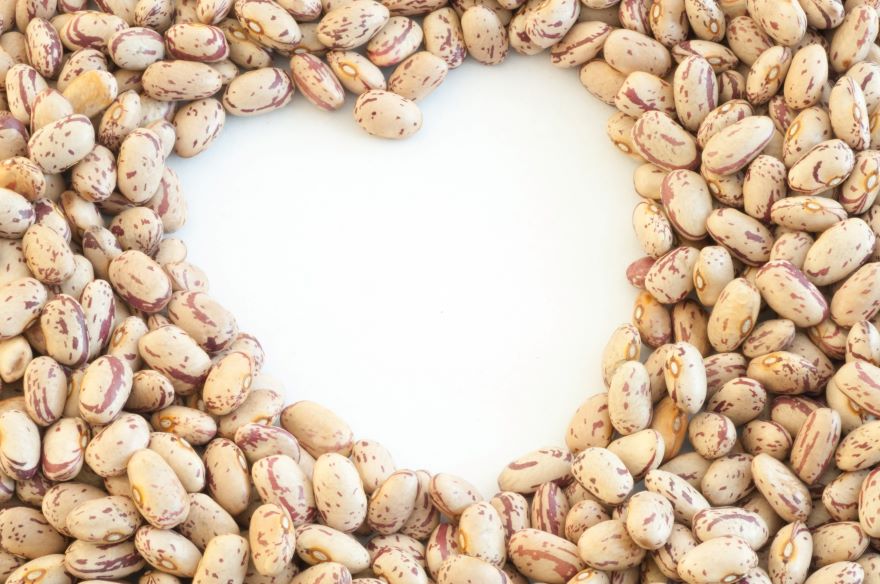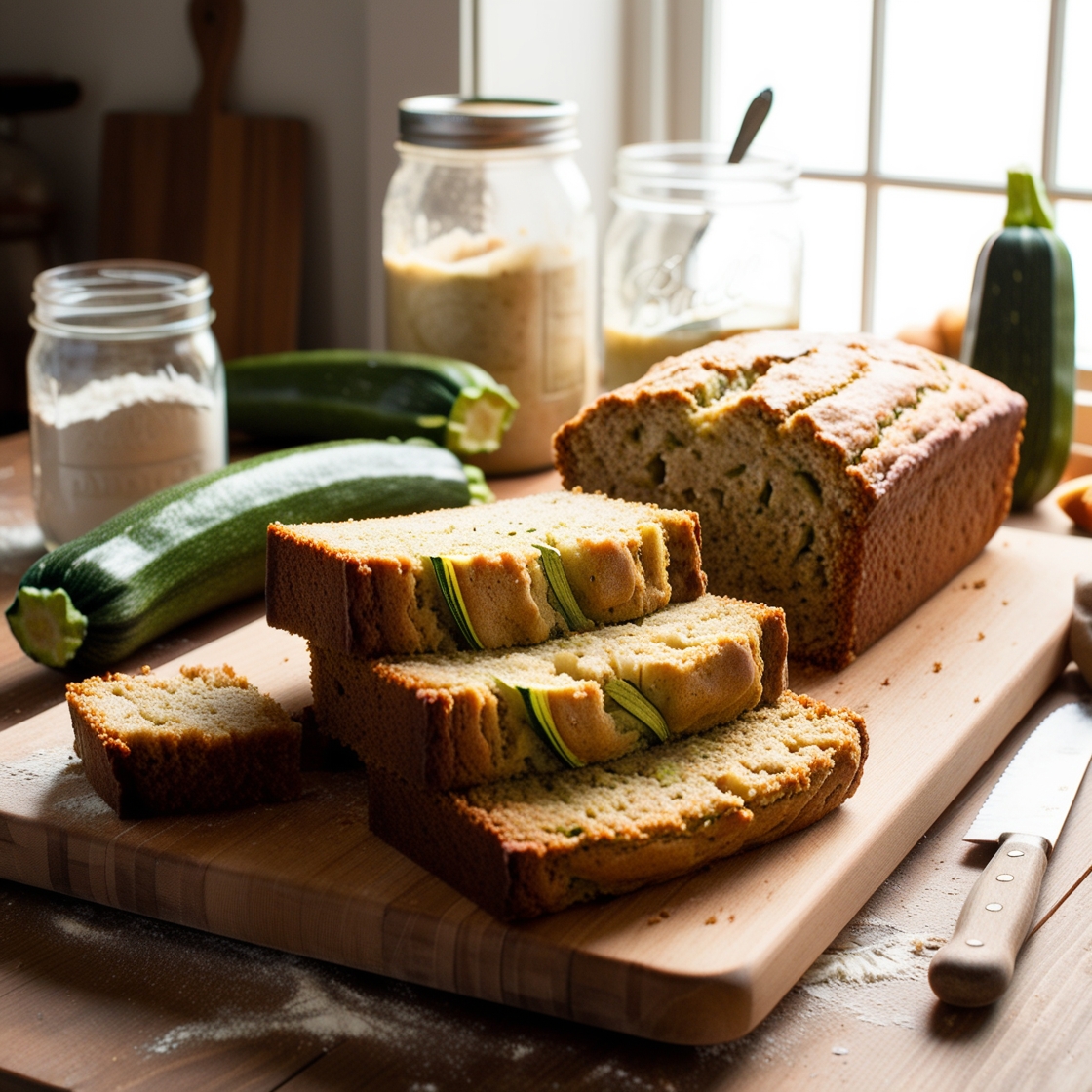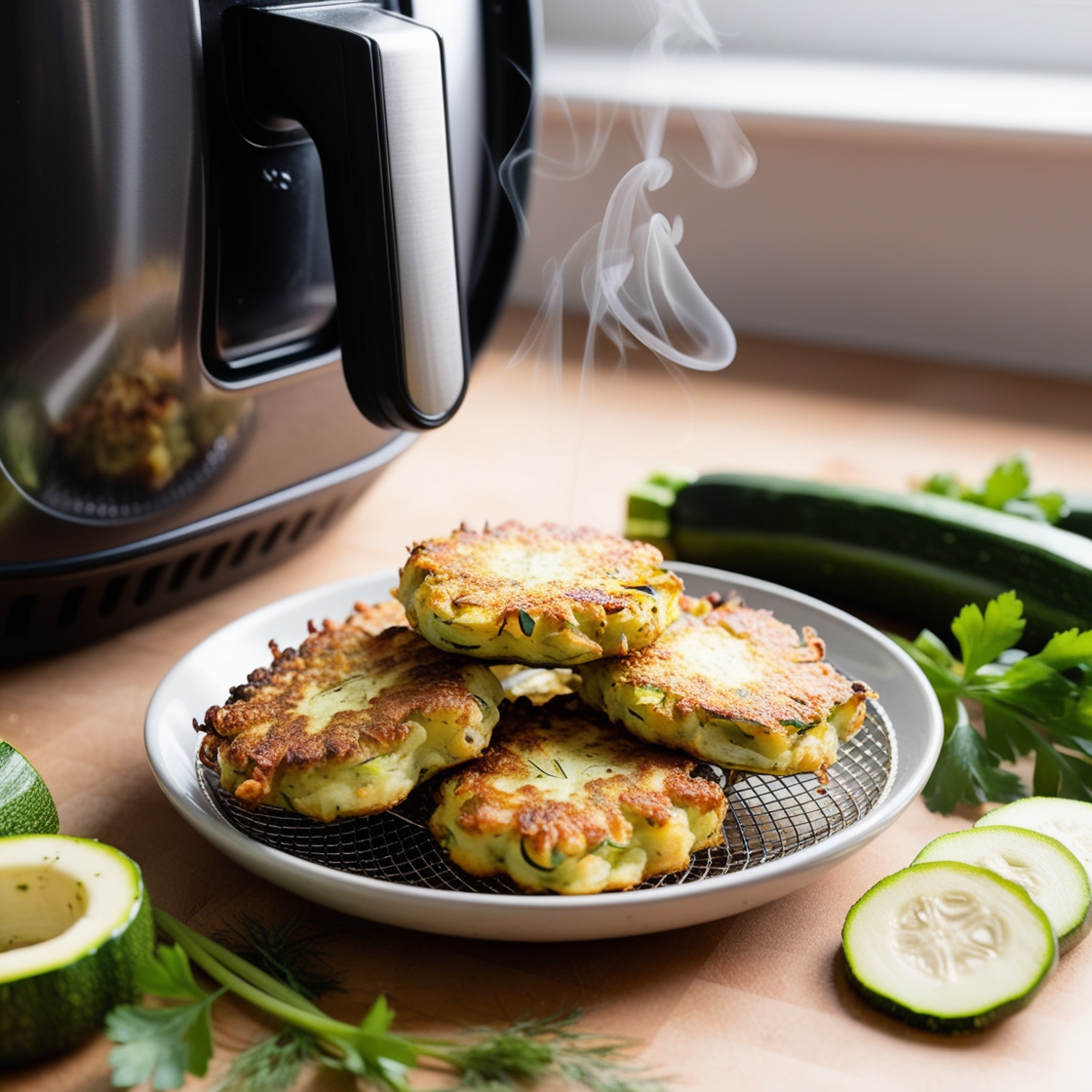When I learned that people in Blue Zone regions include beans and legumes in their diets, I decided to welcome these pulses into my own pantry. I was excited to start experimenting with different recipes.
Last autumn, when my dad and stepmom visited, I made chipotle pinto beans for dinner. They were genuinely impressed. My stepmom playfully suggested I should open a restaurant someday. It was a sweet thought, but with everything going on, that dream will have to wait.
What made their reaction even more surprising was that neither of them usually enjoys spicy food, yet they both loved it.
That dinner sparked my interest in plant-based cooking. I discovered that the creamy texture of pinto beans and the smoky heat of chipotle make a flavorful base for healthy meals. What began as a step toward better nutrition has become a passion for creating wholesome dishes that truly satisfy.

Understanding the Nutritional Foundation
My transition to incorporating more legumes into my diet was driven by compelling research about their health benefits. Pinto beans deliver an impressive nutritional profile that supports my wellness goals. Each cup of cooked beans provides approximately 245 calories, 15 grams of protein, and an outstanding 15 grams of fiber.
The high fiber content particularly attracted my attention because of its role in digestive health and its potential to support beneficial gut bacteria. During my research, I discovered that regular consumption of pinto beans may influence immune function through their effects on certain proteins and antimicrobial compounds. This scientific backing reinforced my commitment to making these beans a staple in my kitchen.
The protein content proved especially valuable as I reduced my reliance on animal products. These beans provide essential amino acids that support muscle maintenance and overall health. The combination of protein and fiber creates a satisfying eating experience that helps me maintain stable energy levels throughout the day.
Selecting Quality Pinto Beans for Optimal Results
My early experiments taught me that ingredient quality significantly impacts the final dish. I learned to examine dried pinto beans carefully, looking for uniformity in size and color. Beans with cracks or discoloration often cook unevenly, creating an inconsistent texture that diminishes the overall experience.
When I visit the farmers market or the grocery store, I follow a systematic approach to pinto bean selection. I examine the beans through clear packaging, checking for intact skins and consistent coloring. Fresh beans should have a slight shine and feel firm when handled. I avoid beans that appear dull or have visible damage, as these often indicate age or poor storage conditions.
The source of my beans also matters. I prefer purchasing from stores with high turnover rates, ensuring that the beans have not spent months on shelves. Local health food stores and co-ops often carry superior quality beans compared to large chain stores. This attention to sourcing has consistently improved my cooking results.
🔥 Kitchen Game-Changer: Want to take your bean dishes to the next level? I swear by my enameled Dutch oven for slow simmering and developing deep flavor. The heat retention is phenomenal, and it makes every batch taste like it came out of a gourmet kitchen.

Le Creuset Enameled Cast Iron Signature Round Dutch Oven, 5.5 qt., Flame
- 45% larger handles that provide a sure grip, even with oven mitts
- The superior heat distribution and retention of le creuset enameled cast iron
- An advanced sand-colored interior enamel with even more resistance to wear
- A larger composite knob that withstands temperatures up to 500ºF
My Bean Preparation Process
Through hands-on experience, I developed a reliable method for preparing dried pinto beans. The soaking debate initially confused me, but experience taught me that overnight soaking reduces cooking time and improves digestibility. I soak my beans in filtered water, ensuring they remain fully submerged for at least eight hours.
My preparation routine begins the evening before cooking. I rinse the beans thoroughly, removing any debris or damaged beans. Then I place them in a large bowl with twice their volume in water. This soaking process softens the beans and begins the hydration that continues during cooking.
The next morning, I drain and rinse the soaked beans before transferring them to my cooking pot. I cover them with fresh water, maintaining a two-inch water level above the beans. This technique ensures even cooking and prevents the beans from drying out during the lengthy cooking process.
My preferred cooking method involves gentle simmering rather than vigorous boiling. I bring the water to a rolling boil, then reduce the heat to maintain a steady simmer. This approach typically requires one to two hours, depending on the bean age and my desired texture. I check the beans periodically, adding water as needed to maintain proper levels.
Enhancing Chipotle Pinto Beans Flavor Profiles
The transformation from plain beans to flavorful chipotle pinto beans requires understanding how to work with chipotle peppers and adobo sauce. Like my dad and stepmom, I am not naturally drawn to spicy foods. But as I’ve grown older, my palate has gradually adapted to embrace different tastes and heat levels. My first attempts were timid, using too little chipotle and missing the distinctive smoky character that defines this dish.
Chipotle peppers are smoked jalapeños that provide both heat and depth. I learned to handle them with respect, starting with small amounts and gradually increasing based on my heat tolerance. The peppers can be minced finely for intense flavor distribution or left in larger pieces for more controlled heat release.
Adobo sauce became my secret weapon for developing complex flavors. This tomato-based sauce contains vinegar, garlic, and spices that complement the smoky peppers perfectly. I discovered that adding adobo sauce during the cooking process allows the flavors to meld and penetrate the beans thoroughly.
My flavor development process involves layering seasonings at different stages. I add basic aromatics like onions and garlic early in the cooking process, allowing them to soften and release their essential oils. The chipotle elements join the pot during the final hour of cooking, preventing the delicate smoky flavors from becoming bitter or overwhelmed.
My Signature Smoky Chipotle Pinto Beans Recipe
After months of refinement, I developed a recipe that consistently produces restaurant-quality results. This version emphasizes fresh ingredients and proper technique while maintaining the authentic flavors that made my family dinner so memorable.
Ingredients:
- 2 cups dried pinto beans, soaked overnight
- 1 large yellow onion, diced
- 4 cloves fresh garlic, minced
- 2-3 chipotle peppers in adobo, minced
- 2 tablespoons adobo sauce
- 1 teaspoon ground cumin
- 1 teaspoon Mexican oregano
- 2 tablespoons extra virgin olive oil
- 1 bay leaf
- Sea salt to taste
- Fresh lime juice from 1 lime
- Fresh cilantro for garnish
My cooking process begins with heating olive oil in a heavy-bottomed pot over medium heat. I sauté the diced onion until translucent, approximately five minutes, then add the minced garlic for another minute until fragrant. This foundation creates the aromatic base that supports all subsequent flavors.
I add the drained beans to the pot along with fresh water to cover by two inches. The bay leaf joins at this stage, contributing subtle depth throughout the cooking process. I bring the mixture to a boil, then reduce heat to maintain a gentle simmer.
After the beans cook for approximately one hour, I introduce the chipotle peppers, adobo sauce, cumin, and Mexican oregano. These seasonings need time to integrate, so I continue simmering for another 30 to 45 minutes until the beans reach my desired tenderness.
The final seasoning occurs near the end of cooking. I add sea salt gradually, tasting frequently to achieve the proper balance. The fresh lime juice and cilantro wait until serving time to preserve their bright, fresh qualities.
Veggie-Packed Chipotle Pinto Beans
My second recipe incorporates additional vegetables to create a more nutrient-dense dish perfect for my plant-based lifestyle. This version provides extra vitamins, minerals, and antioxidants while maintaining the signature smoky flavor profile.
Ingredients:
- 2 cups dried pinto beans, soaked overnight
- 1 large red bell pepper, diced
- 2 medium carrots, diced
- 2 celery stalks, diced
- 1 cup diced tomatoes (fresh or canned)
- 1 medium red onion, diced
- 4 cloves garlic, minced
- 2-3 chipotle peppers in adobo, minced
- 3 tablespoons adobo sauce
- 1 teaspoon smoked paprika
- 1 teaspoon ground cumin
- 1 teaspoon Mexican oregano
- 2 tablespoons extra virgin olive oil
- 2 cups vegetable broth
- 1 cup fresh spinach, chopped
- Sea salt and black pepper to taste
- Fresh lime juice and cilantro for serving
This enhanced version begins similarly with sautéing the aromatics, but I add the bell pepper, carrots, and celery along with the onion. These vegetables need additional cooking time to develop their flavors and soften appropriately. The extended sautéing process, approximately eight to ten minutes, concentrates the vegetable flavors and creates a more complex base.
I incorporate the diced tomatoes after the vegetables soften, cooking them briefly to release their juices. The beans join next, along with enough vegetable broth and water to cover generously. This combination provides additional flavor complexity compared to using water alone.
The seasonings follow the same timeline as my basic recipe, with chipotle elements added during the final hour of cooking. The fresh spinach enters during the last ten minutes, wilting into the beans without becoming overcooked. This timing preserves the spinach’s nutritional value while adding color and additional nutrients.
Looking for a tool that blends like a dream and adapts to everything from chunky bean dips to silky sauces? The Cuisinart Smart Stick CSB-179 is my go-to for total control in the kitchen. With its variable speed dial, powerful motor, and included whisk and chopper attachments, it makes food prep fast, fun, and incredibly versatile. Whether I’m blending smoky beans or whipping up dressings, this sleek handheld powerhouse handles it all.

Cuisinart Food Processor 14-Cup Vegetable Chopper for Mincing, Dicing, Shredding, Puree & Kneading Dough, Stainless Steel, DFP-14BCNY
- Superior Function: Cuisinart’s 720-watt motor, large-capacity food processor and vegetable chopper can handle almost anything. Make any kind of dip, puree soup or sauce including hummus, salsa, guacamole – the possibilities are endless
- Must-Have Features: The 14-cup food chopper has “on” and “off/pulse” buttons with an extra-large feed tube with a bowl sleeve assembly designed for both small and large feed tube pushers. Also comes with a detachable disc stem for easy use and clean up
- Included Accessories: This processor comes with dishwasher-safe parts including a stainless-steel standard slicing disc (4mm), medium shredding disc, & stainless-steel chopping/mixing blade, as well as a spatula, instruction manual, & recipe booklet
- Note To Consumer: Shredding and slicing blades are not adjustable. Please refer to the manual before setting up
Creative Applications and Meal Planning
My success with these recipes opened numerous possibilities for incorporating chipotle pinto beans into my weekly meal planning. The beans serve as an excellent foundation for burrito bowls, providing substantial protein and fiber that keeps me satisfied for hours.
I often prepare large batches on weekends, portioning them for use throughout the week. The beans reheat beautifully and actually improve in flavor after resting overnight. This meal prep strategy saves time during busy weekdays while ensuring I always have nutritious, satisfying food available.
For breakfast applications, I combine the beans with sautéed vegetables or serve them alongside whole grain toast. The protein and fiber combination provides sustained energy that carries me through busy mornings. Adding sliced avocado and fresh salsa creates a complete, satisfying meal.
Lunch applications include using the beans as a base for grain bowls with quinoa or brown rice. I add roasted vegetables, fresh greens, and a simple lime vinaigrette to create balanced, nutrient-dense meals. The beans provide the satisfying foundation that makes these bowls truly filling.
Storage and Preservation Strategies
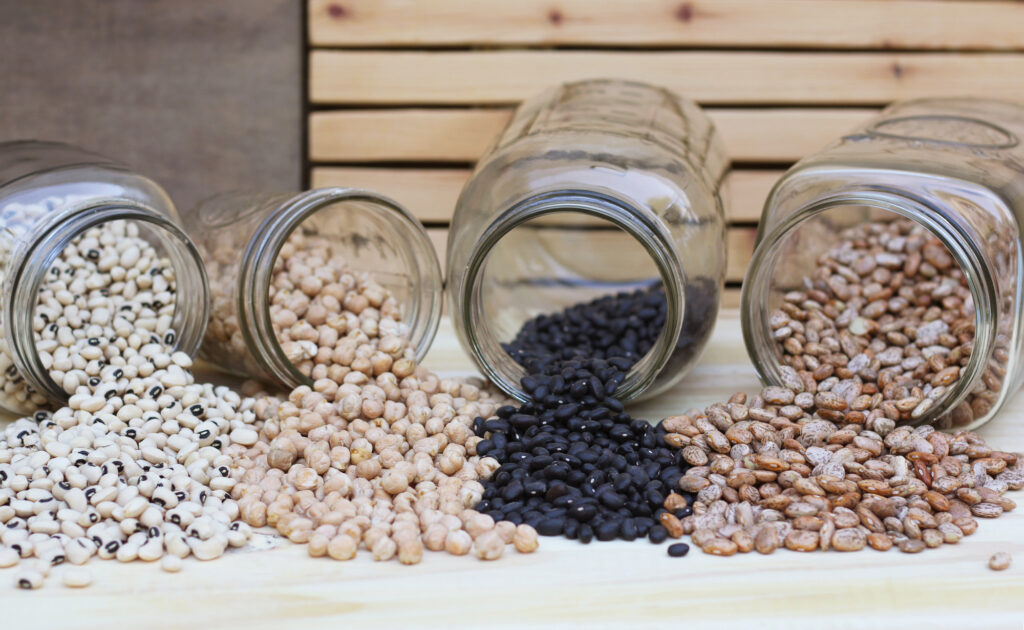
My experience taught me proper storage techniques that maintain quality and extend the useful life of cooked beans. Immediate refrigeration in airtight containers prevents bacterial growth and preserves flavor. Properly stored beans remain fresh for up to five days in the refrigerator.
❄️ Meal Prep Magic in One-Cup Blocks:
Ever wish you could freeze your beans in the perfect portions without the mess of bags or bulky containers? The Souper Cubes 1-Cup Silicone Tray is my freezer MVP. I just ladle my chipotle pinto beans into each compartment, pop on the lid, and freeze. They stack like a dream, and when I’m ready to reheat, I’ve got smooth, flavorful beans on standby—no waste, no fuss.

Souper Cubes 1 Cup Silicone Freezer Molds – Soup Cubes Perfect for Freezing Broth, Rice, Leftovers and More – Silicone Freezer Trays with Lids for Meal Prep – Aqua – 2-Pack
- SAVE TIME AND MONEY BY MEAL PREPPING: Spend less time thinking about what you’re going to eat and more time enjoying it. Our silicone freezer trays with lid is designed to make meal prep a breeze. The tray is made from food-safe silicone with a steel-reinforced top and a convenient lid.
- 100% PURE PLATINUM FOOD GRADE SILICONE CONSTRUCTION: Flexible, food-safe, and durable, our silicone soup freezer molds are perfect for freezing soups, sauces, broths, and other dishes in the portion size of your choice.
- VERSATILE: Our silicone freezer molds make baking, freezing, and storing both easy and convenient. They are oven-safe up to 415 F (without the lid) and can be washed in the dishwasher.
- EASY TO PORTION: The silicone soup freezer containers come with convenient fill lines at 1/2 cup, 1 cup, 125 mL, and 250 mL. Each tray measures 11.75″ L x 5.75″ W x 2.5″ H.
For longer storage, I freeze portions in freezer-safe containers, leaving space for expansion. This method preserves the beans for up to six months without significant quality loss. I learned to cool the beans completely before freezing to prevent ice crystal formation that can affect texture.
When reheating frozen beans, I thaw them overnight in the refrigerator, then warm them gently on the stovetop. Adding a splash of broth or water during reheating prevents drying and restores the proper consistency. This technique maintains the original texture and flavor profile.
Wellness Impact and Plant-Based Living
My commitment to plant-based nutrition led me to appreciate how these beans support my health goals. The combination of protein, fiber, and essential nutrients makes them an ideal foundation for satisfying, nutritious meals. Regular consumption supports stable blood sugar levels and provides sustained energy throughout the day.
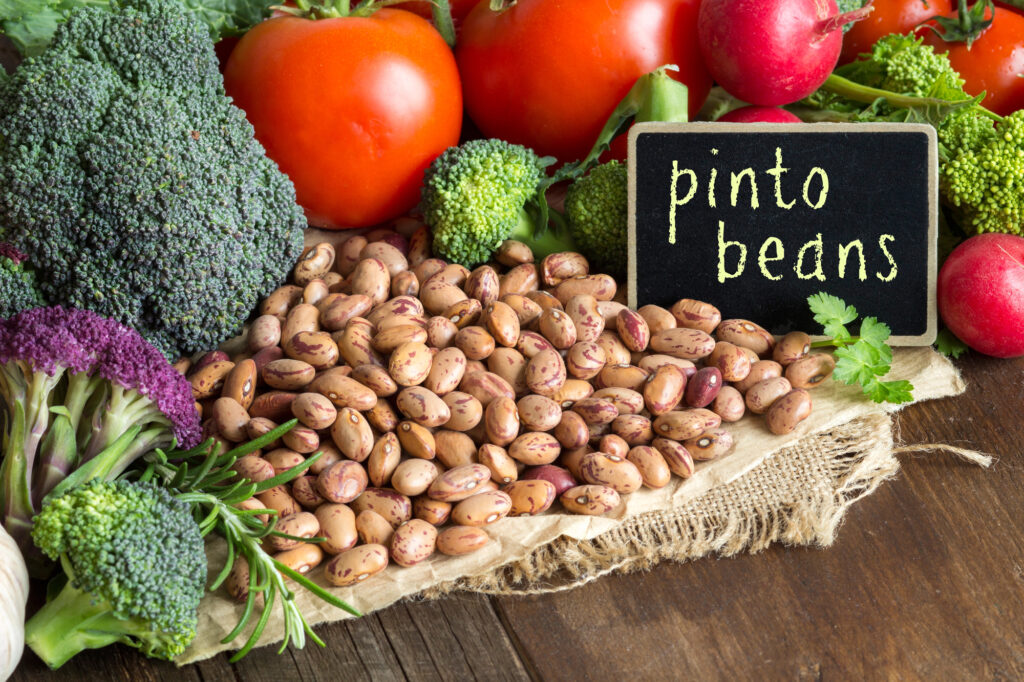
The fiber content particularly benefits digestive health, promoting regularity and supporting beneficial gut bacteria. This aspect became especially important as I increased my plant-based food intake and completely eliminated processed foods. The beans help maintain digestive comfort while providing excellent nutrition
The protein quality in pinto beans complements other plant-based proteins in my diet. Combined with grains, nuts, and seeds throughout the day, these beans contribute to meeting my complete amino acid requirements. This combination supports muscle maintenance and overall health without relying on animal products.
My Culinary Transformation
My journey with chipotle pinto beans transformed my approach to plant-based cooking and nutrition. What began as a simple family dinner became a cornerstone of my healthy eating strategy. The combination of exceptional nutrition, satisfying flavors, and versatile applications makes these beans an invaluable addition to any plant-based kitchen.
The techniques I developed through experimentation and refinement consistently produce restaurant-quality results at home. The recipes I shared represent months of testing and adjustment, resulting in dishes that satisfy both nutritional needs and flavor expectations.
My stepmom’s restaurant suggestion may remain a dream, but the skills I developed preparing these beans have enriched my daily nutrition and cooking enjoyment. Each batch reminds me of that special autumn dinner while providing the foundation for countless healthy, delicious meals throughout the year.

*We may earn a commission for purchases made using our links. Please see our disclosure to learn more.

